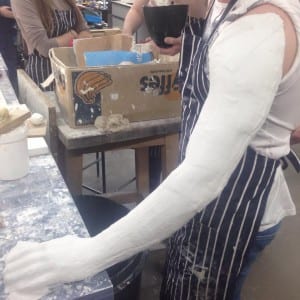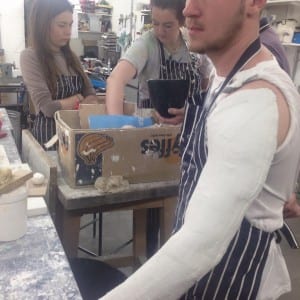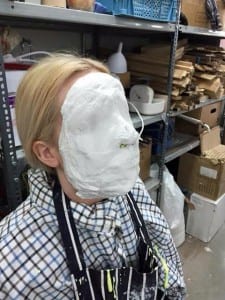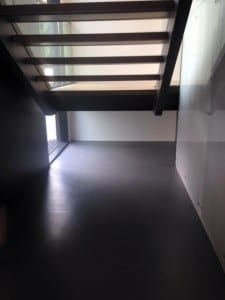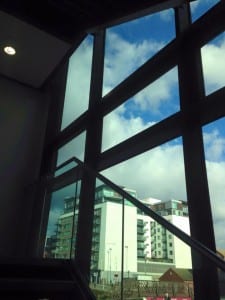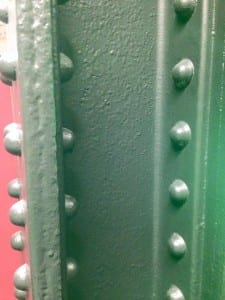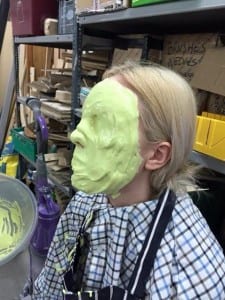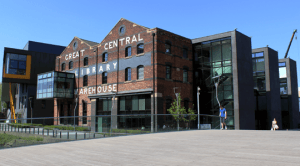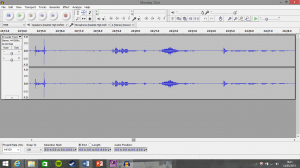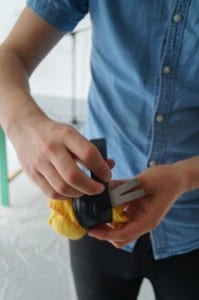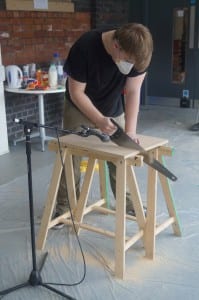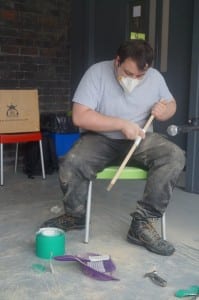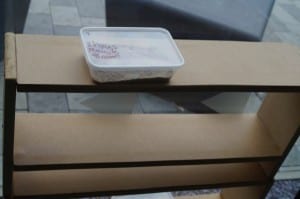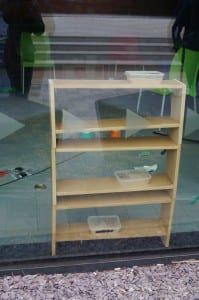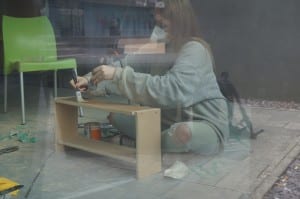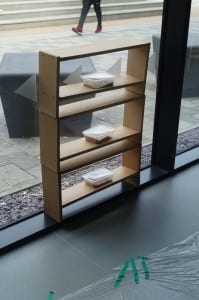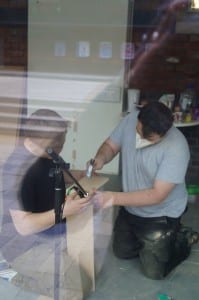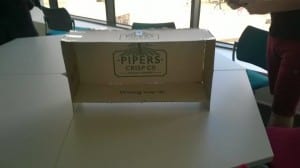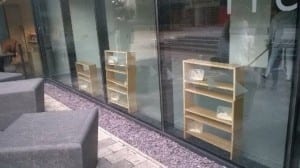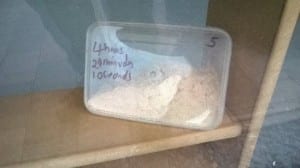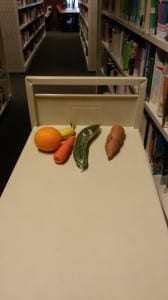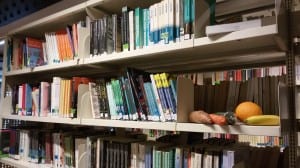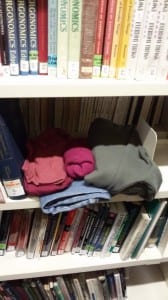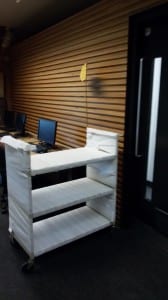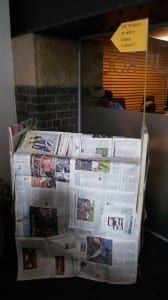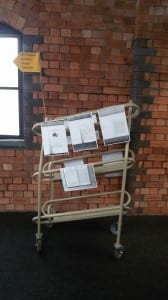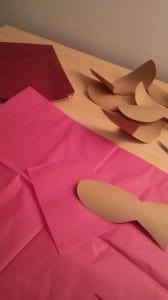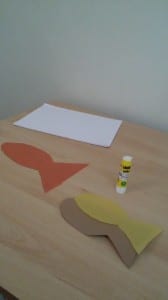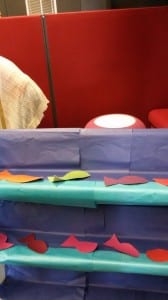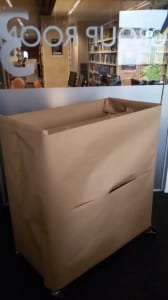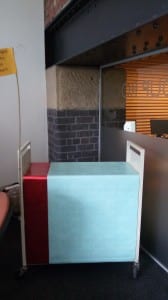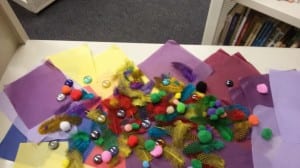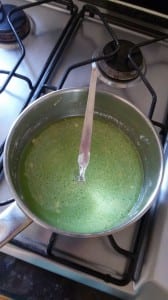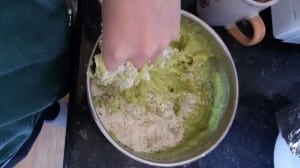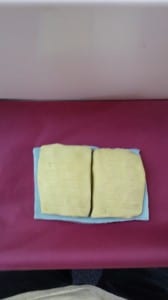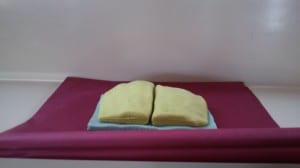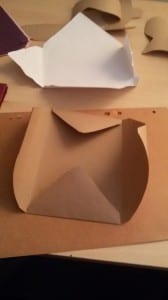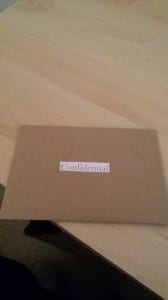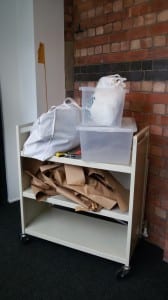Set in Stone! Final Blog post by Abigail Earlie.
This blog post is all about my final thoughts and documentation about our Site Specific performance that took place on Saturday, 9th May at the University Library.
Framing Statement:
The Spectator in the space.’For we are where we are Not’ – Pierre-Jean Jauve, Lyrique
I found it interesting and useful to investigate the works and sculptures of the artist Antony Gormley for our site specific performance. I found his statues of the human body especially interesting, as it relates more to our site specific performance, as we are also looking at the use of body in sculptures to create a performance related to the architecture and history of the library building. The sculptures used by Antony Gormley take up a substantial amount of room in the space used by the artist, however, the space isn’t cluttered by the sculptures but is light and open, and it’s clear to see that the artist had meaning to where and why he placed the sculptures in the space he did. Each sculpture is created by different materials. I will research and look into with more detail, I believe that this will be useful to our performance as a source of inspiration as we could find other raw materials we could use to create our sculptures.Anthony Gormleys artwork investigates the relationship of the human body to space. He asks the question: Where does the human body stand in relation to nature and cosmos. I’m interested and excited about Antony Gormley’s work and I used his work as inspiration in our site specific performance.
For research for the performance I read this book, ‘Making Meaning In The Theatre’ by Gay McAuley. The main chapters that have been useful for my research are ‘The spectator in the space’ and ‘Objects in Performance.’ I have also been researched the artist Antony Gormly, who is a British sculptor from London, who has created many human and body sculptures from ‘rural’ materials. One of the sculptures I enjoyed looking at was called ‘Sculpture for an objective experience of architecture’ (2008), it was a sculpture that was created to examine architecture. As our performance is based on the architecture of the library and the human body we have chosen to Mod Roc body parts and place them in interested and unusual places on and around the libary stair case. Body parts and the image of body parts have been our groups main focus this week as we have researched the architecture to an extent and now are focusing on creating a decent amount of Mod Rock casts to place all over the library. The results of our mod rocking in the past have been very good and the casts replicate real imitations of body parts. The casts when finished have a lot of detail and are very interesting to look at as well as looking very unusual. We created these mod rock casts in the Art studio on the University Campus and found that we can create a lot of material in the space and with the available materials that are on offer. Artist, Ken Clarke has worked in film studios creating human body sculptures for films. Life casting, is a mould created by materials mixed together and then shaped around a human body. These moulds can be placed anywhere and almost instantly they create new and unusual pieces of art. By taking the mould directly from the natural body, the mould casts are extremely lifelike with every detail and every freckle is captured, this makes the casts unique and a performance a one and only. The casts of the body in these moulds create a record of the changes of the human body. A life cast can consist of a pregnant woman ranging to a child’s hands. In our performance we have chosen to take inspiration from Ken Clarke and we have experimented with the variations of body parts that can be cast, we choose to create human hands and feet made out of mod roc and plaster of Paris.
The basis of our site specific performance is to explore the body through space and time in the architecture of the building. The building we are exploring throughout our performance is the library and we will explore the library staircase in detail as we the performers travel up and down the staircase in a variety of ways. The staircase in this library is an interesting structure within the library. The surrounding walls show the history of the building and the aging, the wear and tare of the place.
When we explore the travelling of the body from the bottom of the staircase to the top of the staircase, we shall use a variety of methods to carry out our practise. We shall walk at different speed when travelling up and down the staircase. We have experimented at travelling at different speed up and down the library staircase and we found it to be a different and unusual way to explore the both body and architecture.
Analysis of Process
To prepare for our site specific performance, we spent week after week in the Art studio on campus and we developed a collection of mod rock and plaster casts. When we knew exactly what we were doing for our performance and what we wanted to do, we made a list of all the materials that we needed for the performance. These materials were: plaster or mod roc casts, (or both) grain and a collection of books of all shapes and sizes. The materials wasn’t too costly and we thought that it would be fairly easy to make these casts. We decided to not have grain during the performance, this is because of two reasons, one: the grain was difficult to purchase and expensive and two: the grain could have been a health and safety hard if we used it on the library staircase. So we decided against the grain and just used the materials from art needed for the plaster and mod roc casts and the books which we brought from charity shops. We got some of the books from the charity shops for free, as they were no good or they were extras in the shop. Getting as many materials for our performance for free was great because we needed the materials to be as cheep a possible as we needed a lot of books and casts and if we paid for all of these it probably would have cost a lot of money but luckily Rob (who was in control of the art studio), let us use most of the material we needed. We only had to pay for one box of plaster and we shared the cost between the six of us. The main materials we needed was the mod roc and plaster casts because they were the focal point of our performance. We decided that the mod roc and plaster casts were going to be figurations of the hands, feet and face on the human body. We decided to create hands, feet and faces because we spoke to the man in charge of the Art department and he told us we could make quite a few of these if we wanted to. We wanted to create a lot of these casts to make a bigger impact and to attract more attention. Our decision was to create a lot of mod roc and plaster casts so that we had a lot of material for our performance. To create the mod roc and plaster casts, we went to the Art department at least three times a week, four times if necessary. To create the mod roc casts we would use plaster of paris and water and then mould them on a part of the body, for example, an arm or hand. We also made moulds of the books and then filled them with plaster liquid in order to create a hard, plaster mould. We would leave these books to set for a day and then take the mould off. The moulds of the books were detailed and even had the pattern and title of the book still left on the cast, these details made the performance even more interesting because they left an interesting pattern still on the cast. The plaster casts would be harder to make compared to the mod roc casts, especially when we peeled off the excess material that was used to shape the creations because we had to be very careful not to peel off any toes or fingers which were very fragile. We knew that we wanted to explore the architecture of the library staircase through our bodies and that the connection between body and sculptures was the hands and feet. During the performance we travelled from the bottom of the staircase to the top of the staircase in different speeds, for instance, one of us would either walk up the staircase very slowly, exploring the time as well as the architecture and then one of us would travel up the staircase as fast as we could. When travelling at different speeds, we would be exploring the time it takes to travel at these different speeds, how long would it take to travel up the staircase very slowly? How long would it take to travel up the staircase if I ran? What complications would these bring? We were a little worried that we would not have enough casts a week before our performance so we decided to go to the Art studio four times in the final week before our performance and we created more books, more hands and more feet. I think that our group had a lot of enthusiasm for this performance because we would meet at least three times a week in the art studio and create more sculptures and during the final weeks before the performance we met four times a week. The challenges of site specific performance were in the first couple of weeks after the seminars. We came up with challenges of where are we going to perform, how can we make this interesting, how can we justify what we are going to do? After we came up with these problems our enthusiasm started to die because I think we wanted to have a reason why were we doing this. But once we started to stop thinking and start exploring, we began to enjoy site specific again and we started to have new ideas and new ways of looking at the building. We found the staircase interesting because this is a space that is probably the most quiet part of the library because on the floors there is typing of keyboards and people talking with their friends about essays, but the stairwell is quiet most of the time, I think it’s a unique open space that would be very practical for a site specific performance.
Performance Evaluation:
The performance of our site specific took place on the 9th May, Saturday at 4:30, 5:30 and 6:30 on the staircase of the University Library. We had three twenty minute performances with a forty minute break. To begin with we arranged the mod rock pieces all over the library stairwell, the only place we wasn’t allowed to put them was on the actual stairs as this was a health and safety hazard. We placed the mod rock and plaster casts in the windows, on the floor and on interesting architecture of the library staircase. It was important for us not just to place the casts anywhere, but to make sure we placed them significantly in the and around the library. Each place for the sculpture had a meaning. As we made our casts of body parts out of mod rock and plaster, some of our sculptures had broken while in storage. The broken sculptures were not a disadvantage because we still used them in our performance and in fact became more interesting to look at because they were broken and deformed. While we were performing, climbing and travelling up the library staircase during the performance, I noticed a few people surprised and interested in what we were doing, they seemed to stop and take note to what was going on, they even took the time to take photographs and to document the mod rock casts! I was very impressed with this, if they are taking pictures of our performance and our casts then this means that our performance is grabbing their attention and this is exactly what we wanted! We wanted to grab their attention as much as we could so that they take note in what we were doing, to make them think, so they would examine the relationship between body and architecture. As we were all dressed in white, and completely focused on the architecture, while we explored the building and I think our focus made the people and students of the library take note as to what we were doing. The result of having a lot of casts of the body, broken hand casts and casts of books placed all over the library staircase, resulted in most of the students that walked past noticing the performance happening on the staircase. This is exactly what we wanted! The disfigured hands (as a result from storage) with broken fingers, looked very unusual but also very interesting. We placed some of the fingers that had broken off in unusual places on the library staircase. For example, we placed five fingers, (standing upright), on a ledge of concrete on the wall of the library. This gave a very eerie effect and again I hope it caught the imagination of the students that were walking through the library. I think that the students that saw this performance on the staircase made them think and use their imaginations. I would hope it made the audience have a broader view of what performance can and might be. This performance didn’t conform to the usual conventions of what normal performance can be, but this was a performance based in an unusual location, performed in an unusual and creative physicality and involved casts of the human body. Some members of the audience that watched the performance took photos and seemed to be very interested in what was going on. After the performance, when we were cleaning the bits of plaster that what left on the staircase, some students came up to us and asked what we were doing and seemed to be very interested. We told them what our performance was about and that this performance was site specific and we were exploring the site, the architecture of the building by using our bodies. We were very happy about this interest because this means that people had thought about what we were doing and why we was doing. Again, hopefully this makes students have a broader view on what performance may mean. We made the decision to wear all white clothes, no shoes and no makeup. We did this to blend in to the background and allow the focus to be on the only parts that were on show, our hands and feet. This performance was different to the other performances I have done, but I have enjoyed it. I enjoyed exploring a new performance space and have learnt that performance doesn’t have to just take place in a theatre, it can take place in unusual and interesting places were there will be an audience who may never see performances, but because it takes place in somewhere very public they get to see a unique performance. I think with site specific, the audience will have two opinions, they will either enjoy the originality or find it a waste of time. Our audience (I hope) enjoyed the originality of the performance because they were investigating and taking photos of the mod roc and plaster casts. I enjoyed the exploration of site specific, I enjoyed finding a new space and researching the history, exploring all the aspects of the architecture, but I think the most exciting part of site specific was understanding that performance can be a number of different things. I never thought that we would enjoy site specific as much as we did, but we really enjoyed creating the mod roc casts, the plaster casts and we enjoyed the physicality of exploring the staircase during the performance. At first, I think the audience were shocked to see this performance happening, but I only think this because they had probably never seen any performance like this happening in this location. We didn’t get in the audiences way, I don’t think we annoyed them and I think they enjoyed seeing us perform. Spite specific has made me realise that a performance can take place in the most unusual of spaces, as long as you make the connection and find something interesting to show and something to make the audience think a performance is nearly always possible. Research is important in site specific, also understanding the space and what you are trying to make the audience think about during and after the performance. Performance Evaluation
Overall, I was very happy with how the performance went and was welcomed in the library. I learnt that a performance doesn’t have to have a stage and be all theatrical to make it a performance. All a performance needs is a site to perform and an audience to understand. After this site specific performance and the feedback we got from the students that saw this performance, I would definitely think about performing in another unusual and interesting site.
Works Cited:
Pearson, M. (2010) Site Specific Performance. London. Palgrave Macmillan.
Wroe, N. (2005) Leader of the Pack. The Guardian. [Online. London. Available from: http://www.theguardian.com/artanddesign/2005/jun/25/art 